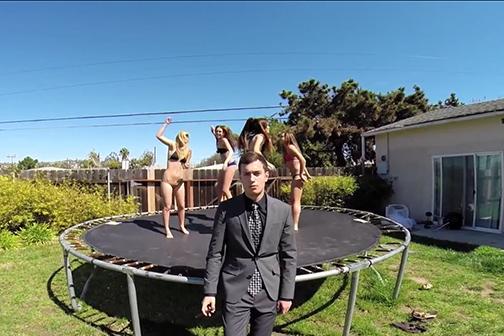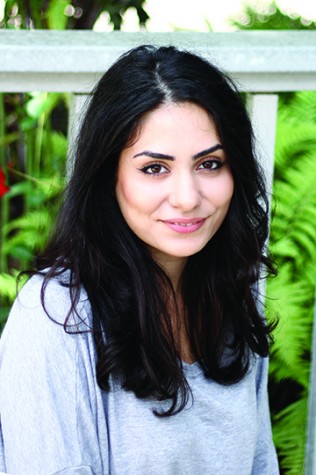Co-written by Briana Stanley
In recent weeks, a San Diego State student’s campaign video for an Associated Student’s position sparked controversy among many news outlets, even garnering national attention.
The video, which is posted on YouTube, features bikini-clad girls who claim to support Luke Dzierzanowski, an SDSU student who ran for the position of Professional Studies and Fine Arts representative.
Despite the controversy, there is nothing within the A.S. election codes ruling against Dzierzanowski’s campaign strategy.
The codes state that harassment, more than one sign in a single viewpoint, placing flyers on cars or over the material of opponents, misleading or harmful campaigning, abusive libelous campaigning and Blackboard campaigning all could disqualify a candidate.
A.S. Government Executive and Programs Administrator Jennifer Esquivel-Parker said as long as campaigns don’t violate any of the elections code, A.S. won’t interfere with any of the material candidates choose to utilize.
“We don’t censor,” Esquivel-Parker said.
She said Dzierzanowski’s campaign video did not violate any election codes and unless someone had filed a complaint, the election’s committee did not have a reason to interfere.
Dzierzanowski’s stunt has joined the ranks with several other unorthodox A.S. campaigns at SDSU. In 2011, A.S. presidential candidate Kristopher Korsgaden, better known as “Buk Fidy,” was disqualified after he violated numerous election codes, as reported in The Daily Aztec.
Korsgaden was disqualified after he used slanderous language toward another presidential candidate, harassed a professor via email and sent a professor unsolicited emails. All these actions led to numerous complaints, which eventually led to his disqualification by the elections committee.
“Students are able to campaign as they please and we don’t dictate any rules on what can be in their material and what they can post,” A.S. Vice President of External Relations Javier Gomez said. “We just ask that they let us know what they’re doing and what they’re using.”
Even when complaints are made and election codes are violated, it doesn’t always mean the candidate will be disqualified, Esquivel-Parker said. It is up to the election’s committee to decide if the violations befit an automatic disqualification.
The upside to campaigns at SDSU is that they mirror real-world campaigns, Gomez said. He said whether a candidate’s campaign reflects positive or negative public relations, it is up to the public how they choose to respond to it.
“(Dzierzanowski) took a different approach than other people do and I think that students didn’t respond to it, since he didn’t end up winning his election,” Gomez said. “But good PR or bad PR, everyone runs their campaign as they please. I think it’s just like the real world. Campaigns are run differently by different candidates.”
Chief Communications Officer Greg Block said he hopes people focus on SDSU’s research, study abroad opportunities, graduation rate improvements and recent US News and World Report rankings instead of a campaign video.
“We would hope that all of our students would put their best foot forward and represent the university in the best possible way all the time, Block said. “But we understand that’s not always going to happen. In the world we live in now, one silly video can become a viral sensation overnight. The good news is the Internet moves on to something else pretty quickly.”
Photo from YouTube.









